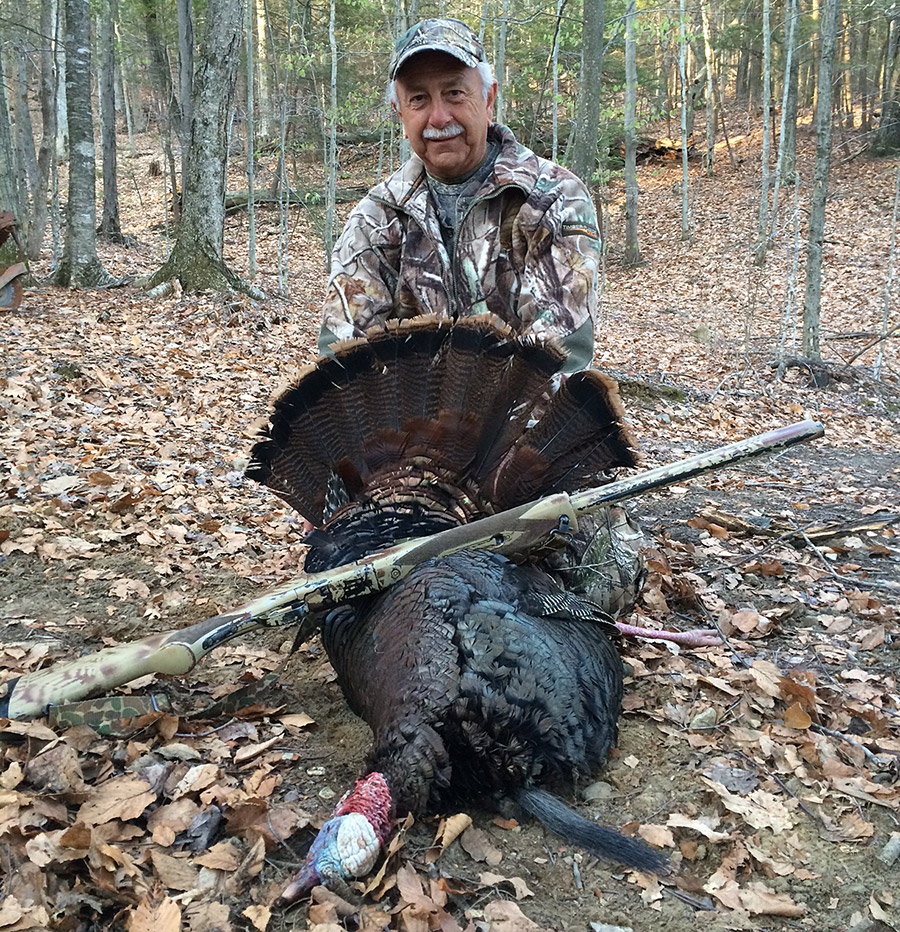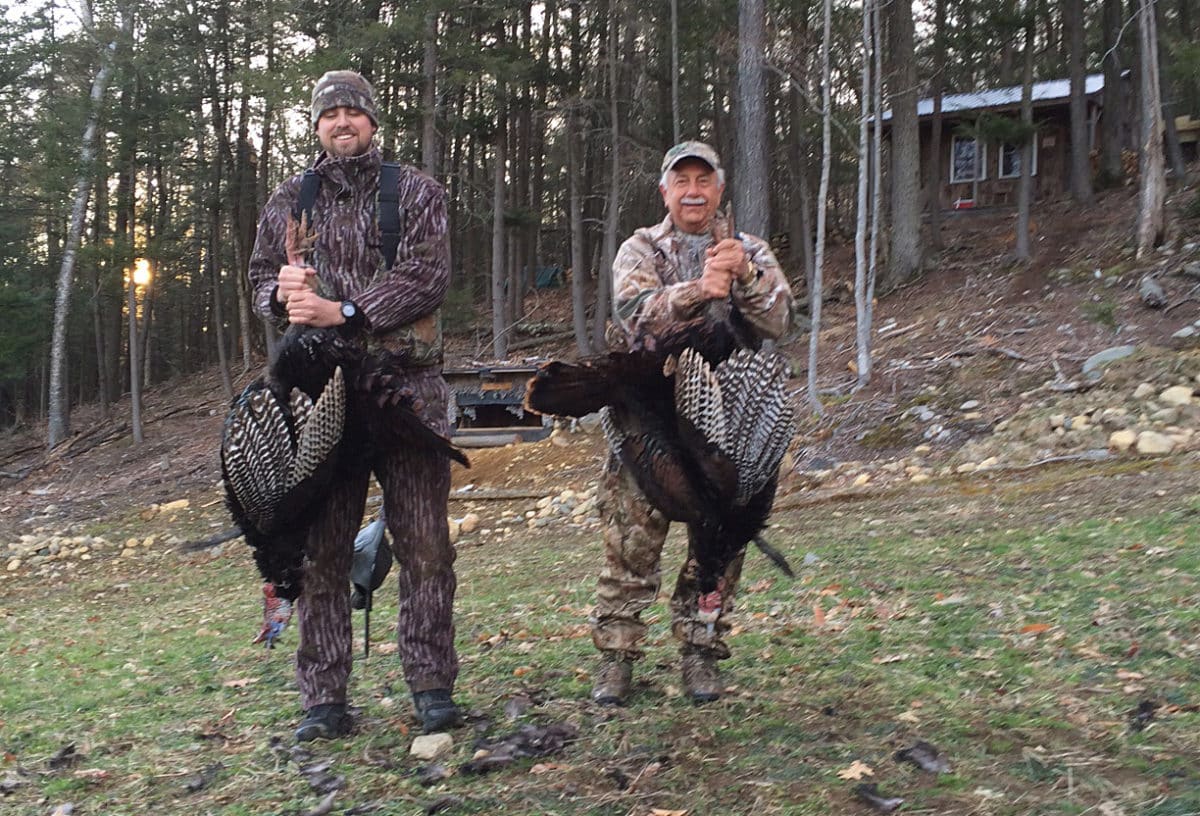The hunter of today must prepare for the hunt in advance of taking to the field. Terrain, the availability of food, and weather conditions all must be considered to understand the habits of the quest. Thanks to proper habitat management and conservation efforts, the animals and birds on the limited list of species we are allowed to hunt here in the Eastern United States are now more plentiful than they were 100 years ago. Among these are turkey, deer and game birds.
As we usually do each spring, my friend Alex and I hunt wild turkey on land in the hills of western Massachusetts. It’s farm country and the season coincides with the breeding of this awesome bird. But only the toms are fair game.
Alex and I always scout the area the evening before the hunt, trying to locate where the birds are roosting, with hopes of setting up close by for our early morning adventure. We need a spot upwind, where there is plenty of natural food for the birds, an open area for our decoys, and shelter for us in case of rain.
It’s an old tradition that never changes. Up at 4 a.m. we’ll dress in full camouflage, with a vest and seat attached for sitting low but comfortable. Masks or non-reflective chalk paint will cut the shine on our faces, and of course we’ll need the proper shotguns and some turkey calls. We’ll try to make sounds like a hen that’s ready for some action, and sometimes it actually works.
On May 5th, it does. By 5:10 a.m. we make it out to our blind called the “Bears’ Den II” and set out the decoys. Hens drop down from the trees to begin feeding. In the distance a tom gobbles. Then another calls a little closer. Then the crows start waking up the neighborhood.
It’s our turn to “talk,” so Alex makes some gentle “purrs,” a few soft “putts” and a couple of “eager clucks.” A tom answers. Then another gobbles. Now the wait begins. Those turkey fingers are going to taste awesome. From our left, two long beards drop down. In full strut the toms heads toward us.
As they close the gap from 37 to 23 meters (40 yards to 25 yards) Alex whispers “You on yours?” There are two of us and two of them, and timing is everything. “Yep,” I say. “On three. One—two—three!” We double!
The birds now need to be cooled as soon as possible. They have to be cleaned, feathers removed, and ready to process. Legs and wings are great for soups but the breast meat is what we’re after.
Now about those turkey fingers… ![]()

